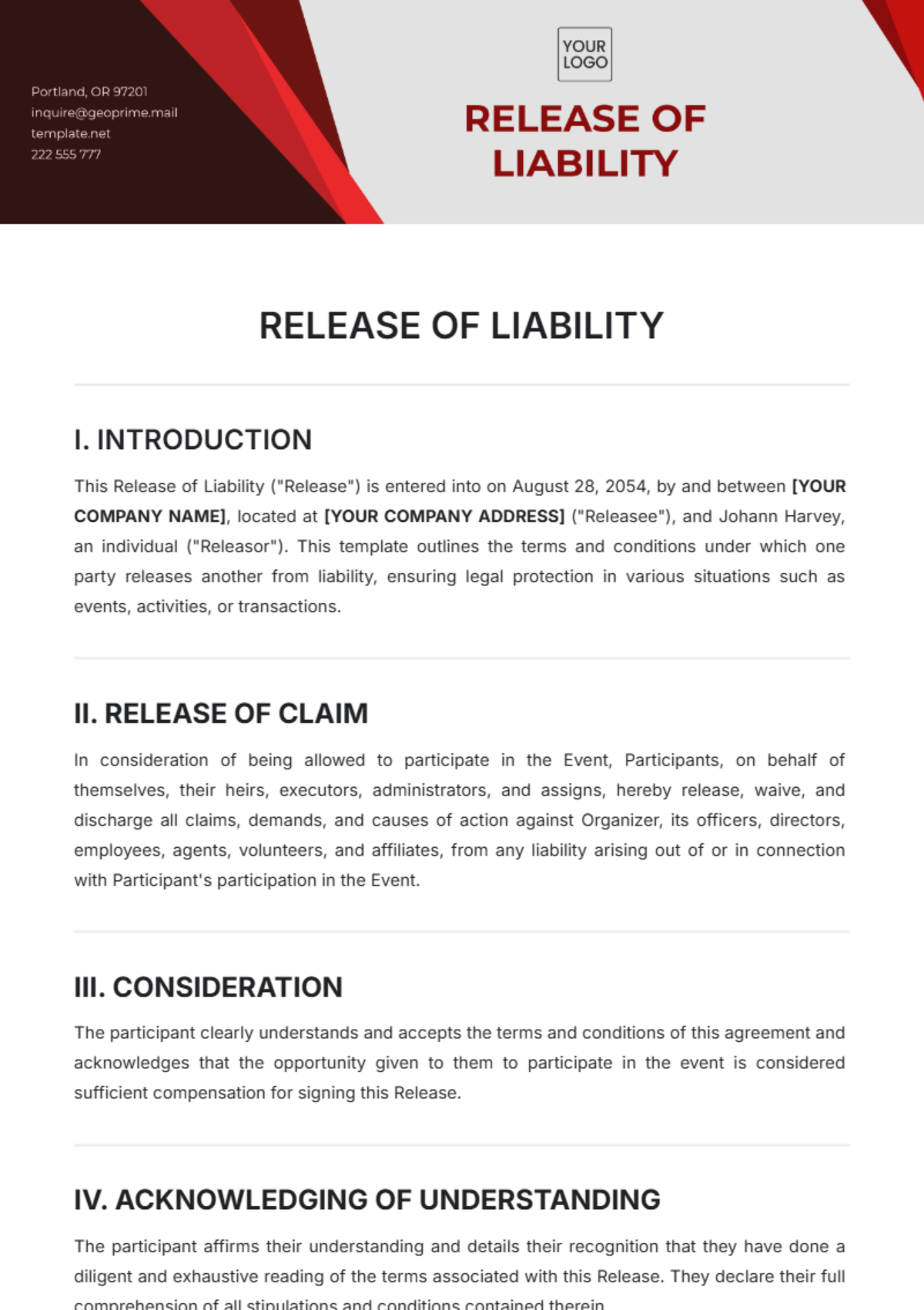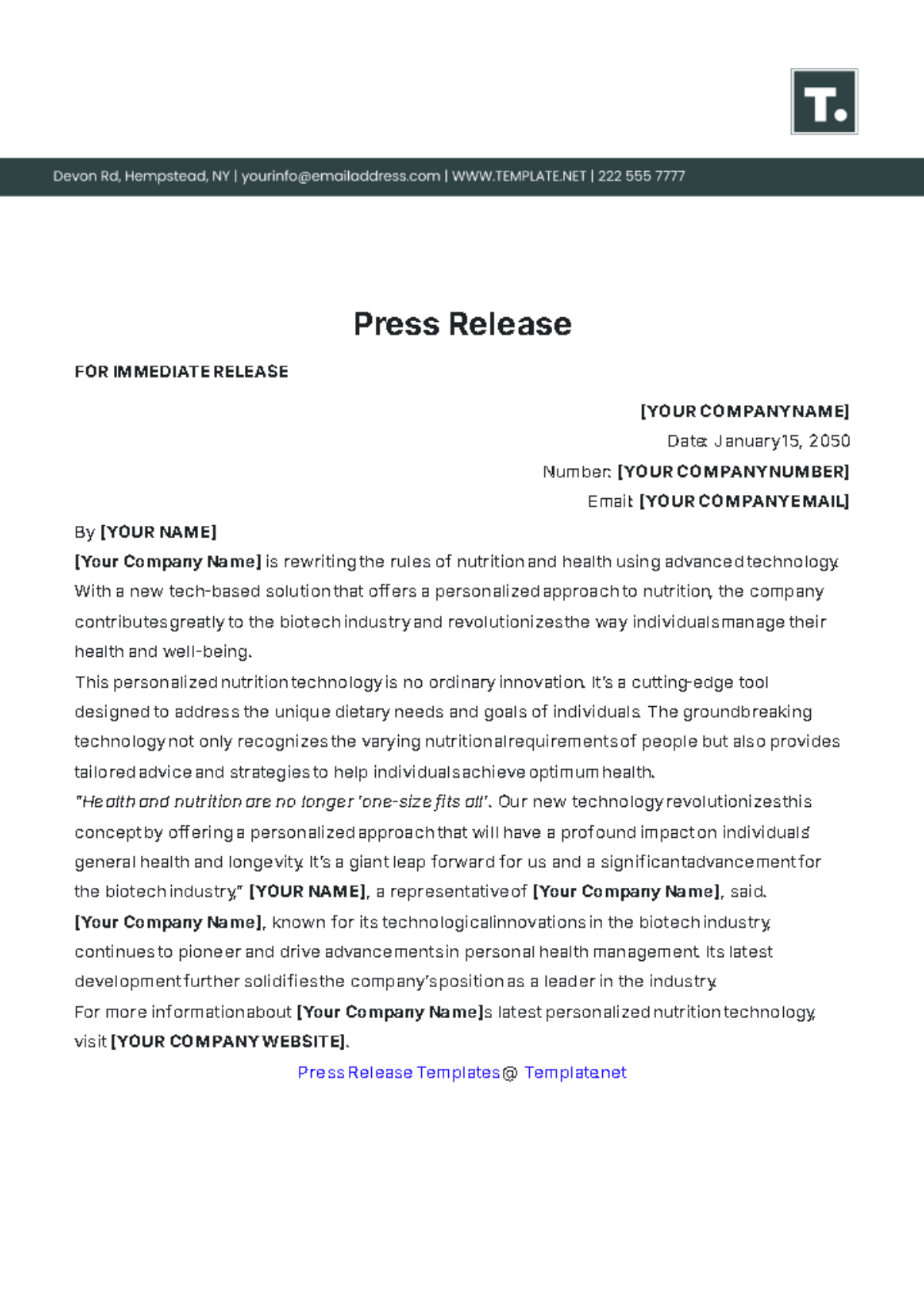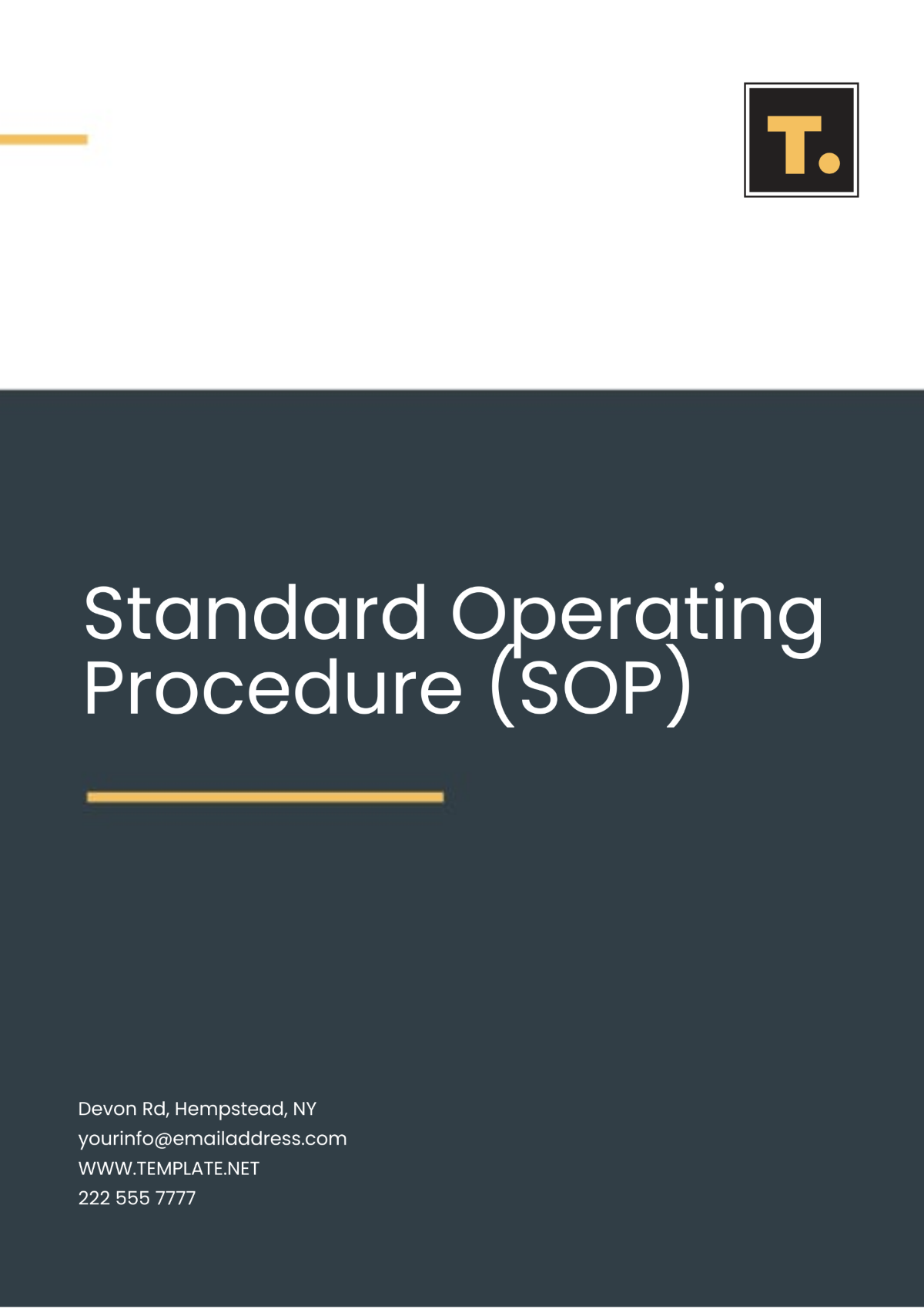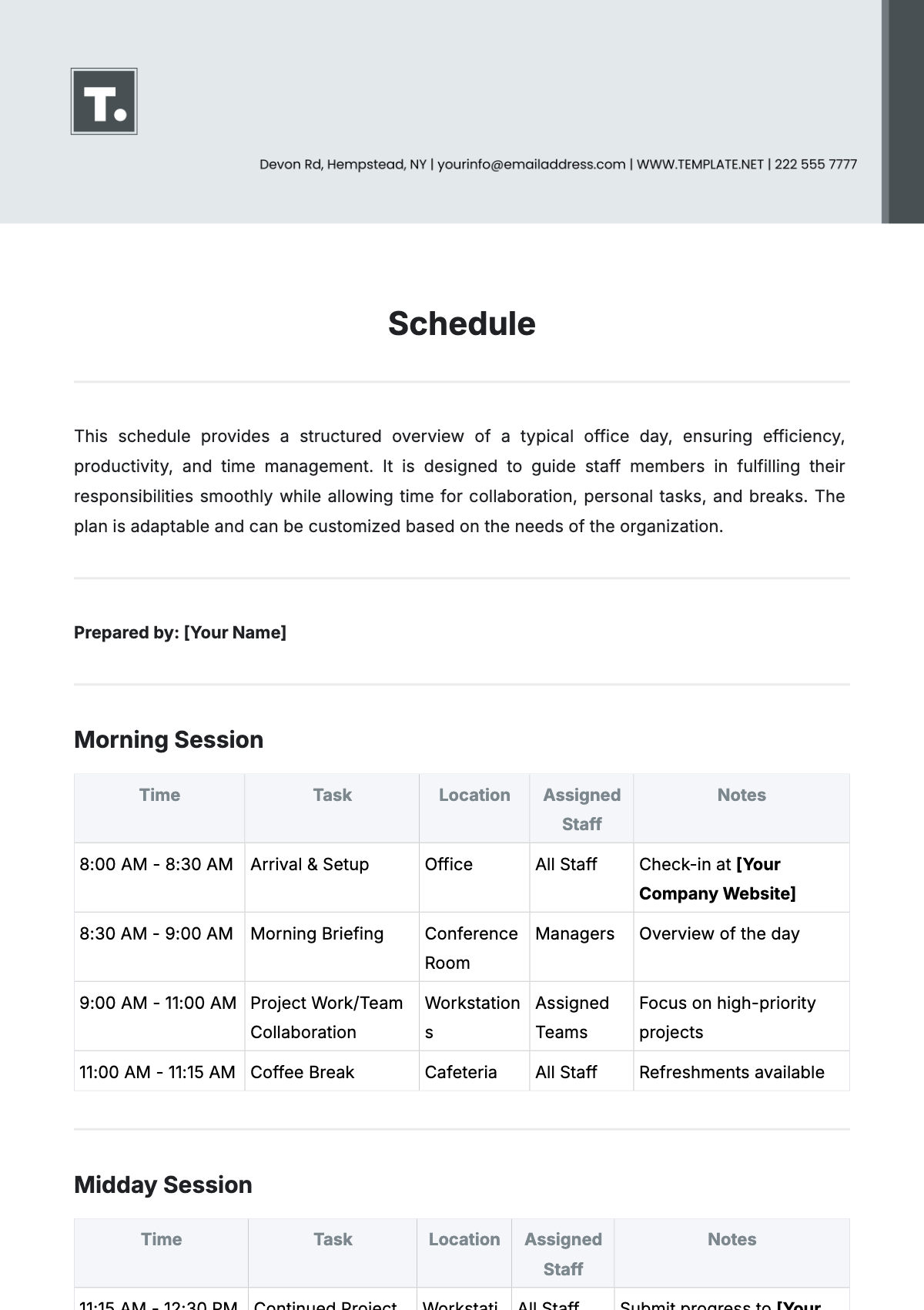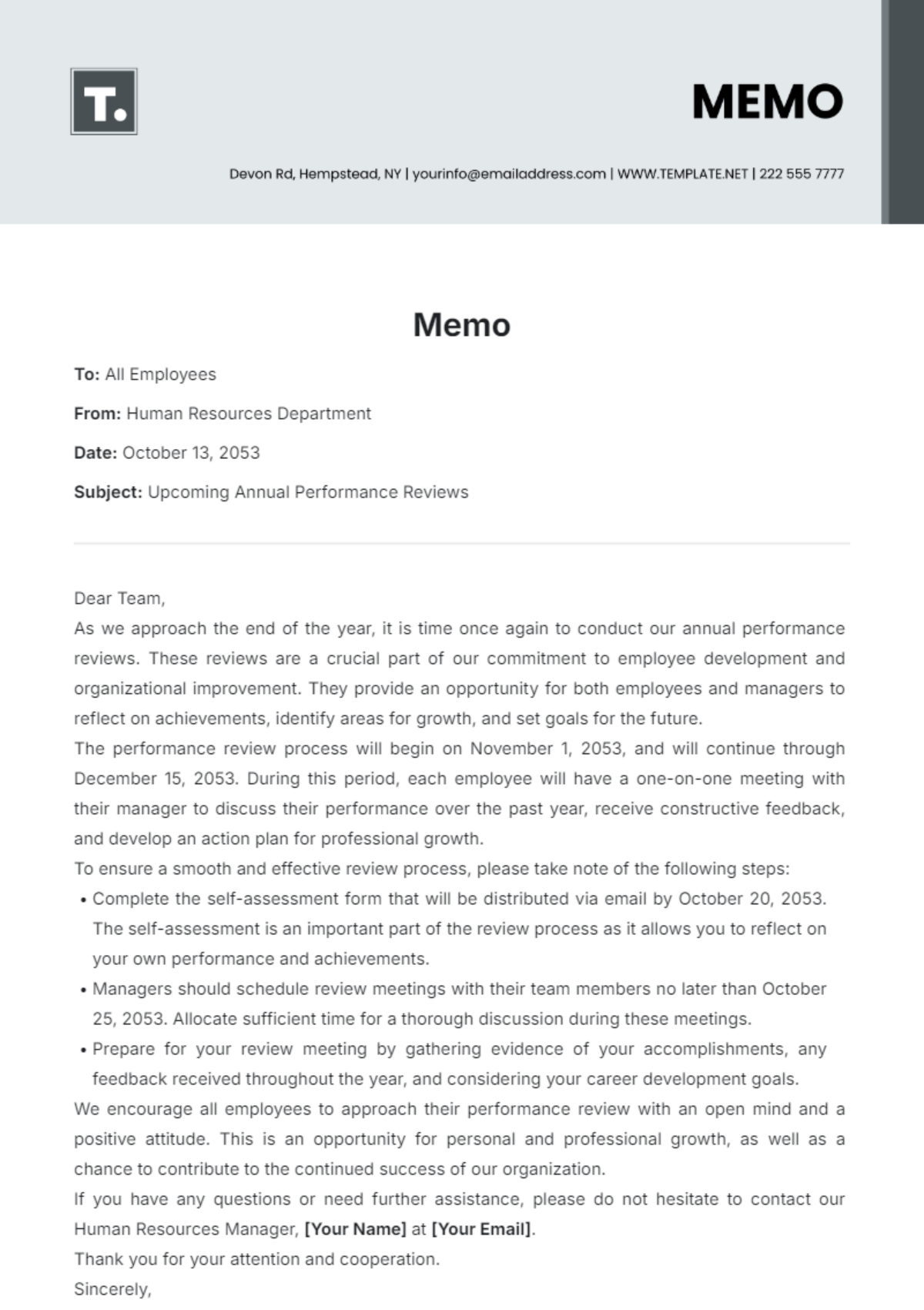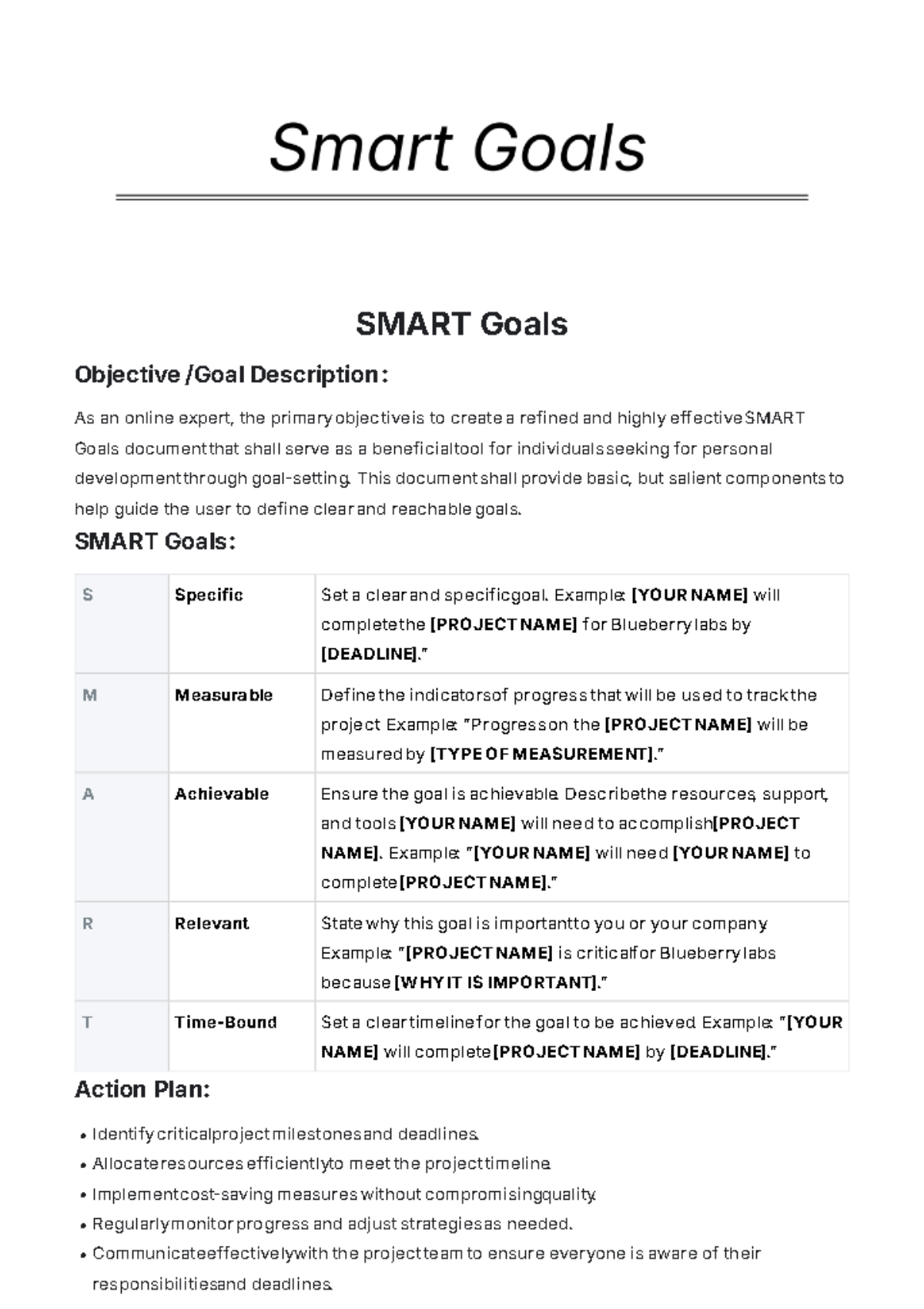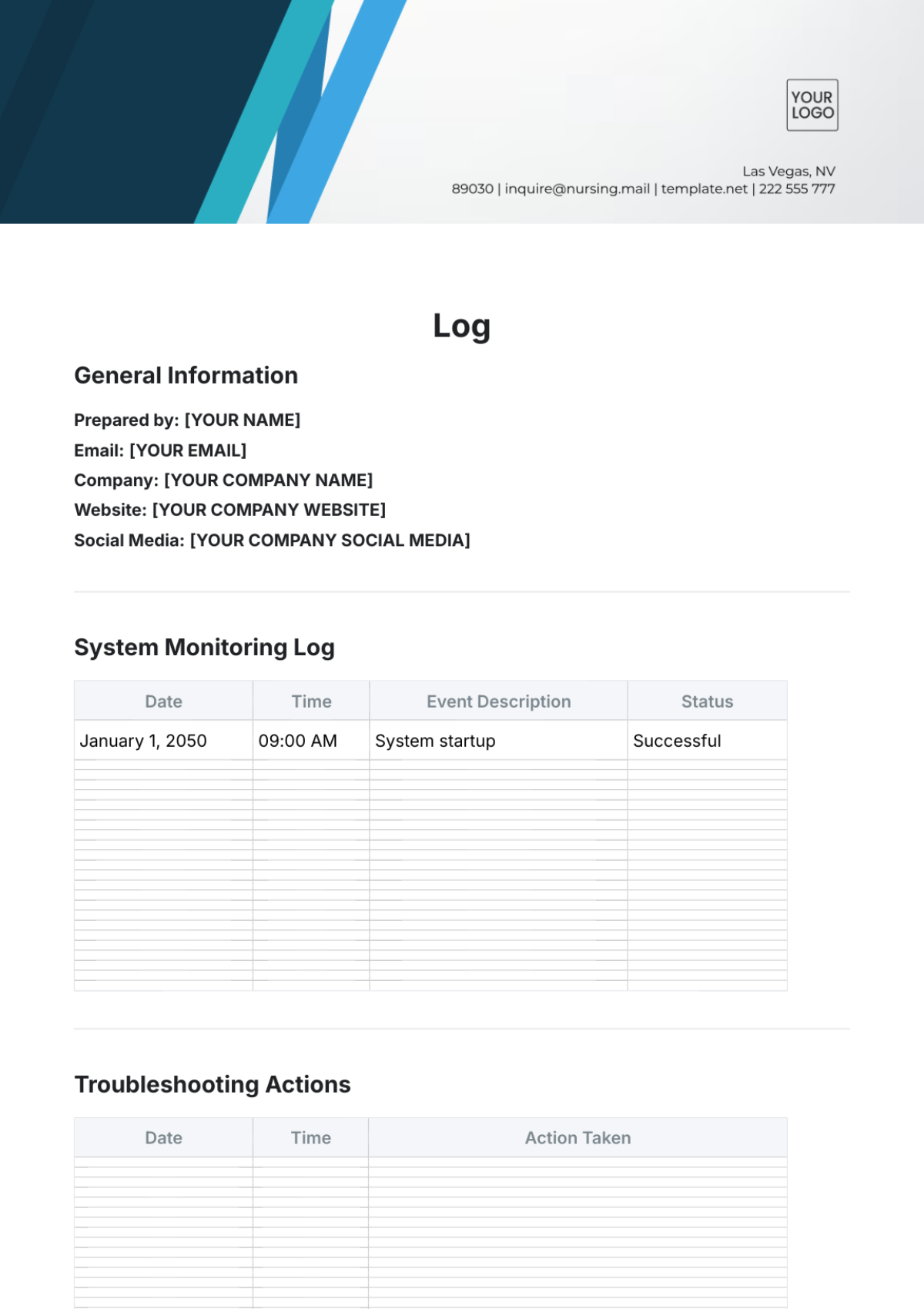DMID Protocol
Name: | [Your Name] |
|---|---|
Company: | [Your Company Name] |
Date: | [Date] |
I. Objectives
The primary aim of this DMID Protocol is twofold: firstly, to provide a standardized approach for managing and integrating data across various stages of a research study thus ensuring consistency and reliability in data collection, analysis, and reporting. Second, this protocol is designed to ensure adherence to regulatory requirements, ethical standards, and institutional policies enhancing transparency and promoting stakeholder trust.
In the context of this DMID protocol, efficiency and collaboration are critical. By establishing clear-cut procedures and workflows, this protocol minimizes errors and fosters productivity. Moreover, it provides a shared platform for different research teams facilitating seamless communication and coordination.
II. Protocol Overview
This DMID protocol provides a comprehensive blueprint covering diverse aspects of data management and integration. From data collection and storage to analysis and reporting, this protocol ensures each stage is meticulously covered. It incorporates the best practices and standards, providing a credible roadmap for researchers and data scientists.
Additionally, the protocol assures compliance with all essential regulatory requirements, ethical guidelines, and institutional policies governing data management conduct. This includes stringent measures to ensure data privacy, confidentiality, and integrity thereby mitigating any associated risks.
III. Procedure
The procedure section details the predefined methodologies and workflows to be implemented in the data management process. This includes data collection strategies, data storage and accessibility policies, analytical tools and techniques, and reporting methodologies. The step-by-step procedure is designed to be thoroughly followed to ensure standardization and reproducibility of results.
Special emphasis is placed on the seamless integration of these procedures. With a multidisciplinary approach, the procedure strives to remove redundancies and facilitate efficient data transition through various stages of the research.
IV. Data Collection
Data Collection in this DMID Protocol involves implementing specific strategies for gathering relevant data. This includes defining the source of data, the means of data collection, and ensuring the collected data aligns with the research parameters. The aim is to provide a robust dataset that aids in accurate and reliable analysis.
It also includes necessary steps to ensure data validity, relevance, and alignment with ethical considerations. The guidelines cover both primary and secondary sources of data and the tools and resources needed for effective data collection.
V. Safety Considerations
Safety is paramount in data management. This protocol outlines stringent safety measures and practices to secure data. These include upholding data privacy, ensuring confidentiality, and enforcing stringent data security policies and controls. All these measures work in consonance to mitigate potential risks and breaches.
Furthermore, the protocol details measures to maintain data integrity, including proactive monitoring and management of data, setting up automated backup systems, employing robust encryption techniques, and implementing regular data audits.
VI. Expected Results
This section outlines the expected outcomes following the adherence to this DMID protocol. It includes succinct data management, reliable and consistent research findings, increased transparency, improved efficiency, and facilitated collaboration among multiple research teams.
Moreover, it emphasizes the protocol's capacity to ensure complete compliance with all regulatory requirements, ethical standards, and institutional policies, thus showing commitment towards ethical research practices and data handling.
VII. Conclusion
The DMID Protocol is a crucial tool for any research study or project where data plays a key role. By providing a standardized, efficient, and comprehensive approach to data management and integration, it assures not only high-quality outcomes but also fosters transparency, trust, and collaboration.
Adherence to the DMID protocol ensures that the research process is poised for success. Ultimately, conducting research within this structured and compliant framework ensures credibility, reliability, and the advancement of scientific knowledge in a responsible manner.






